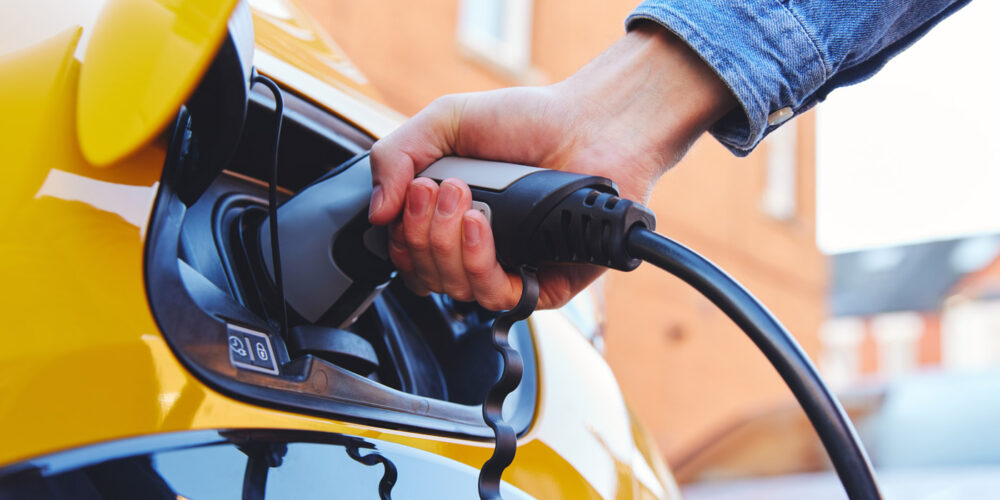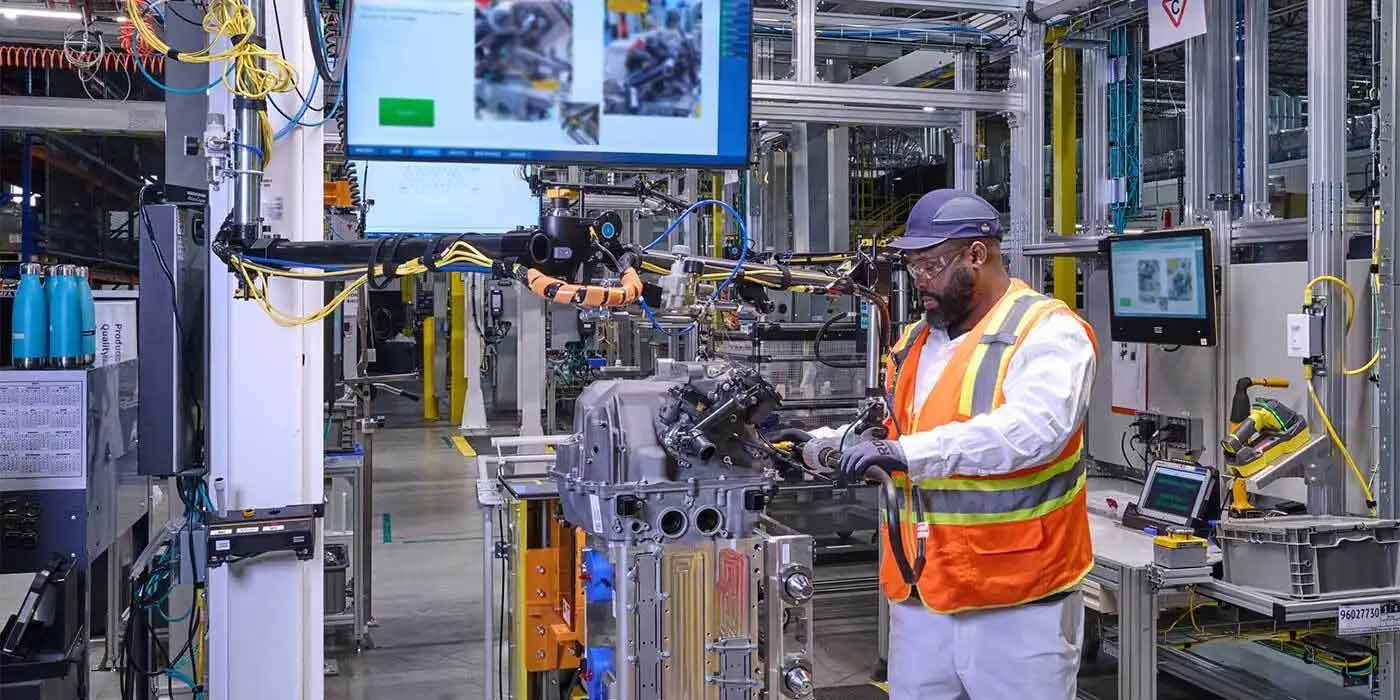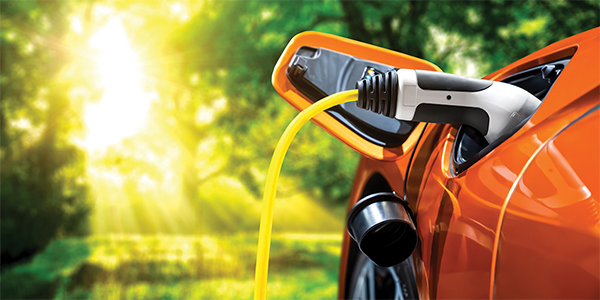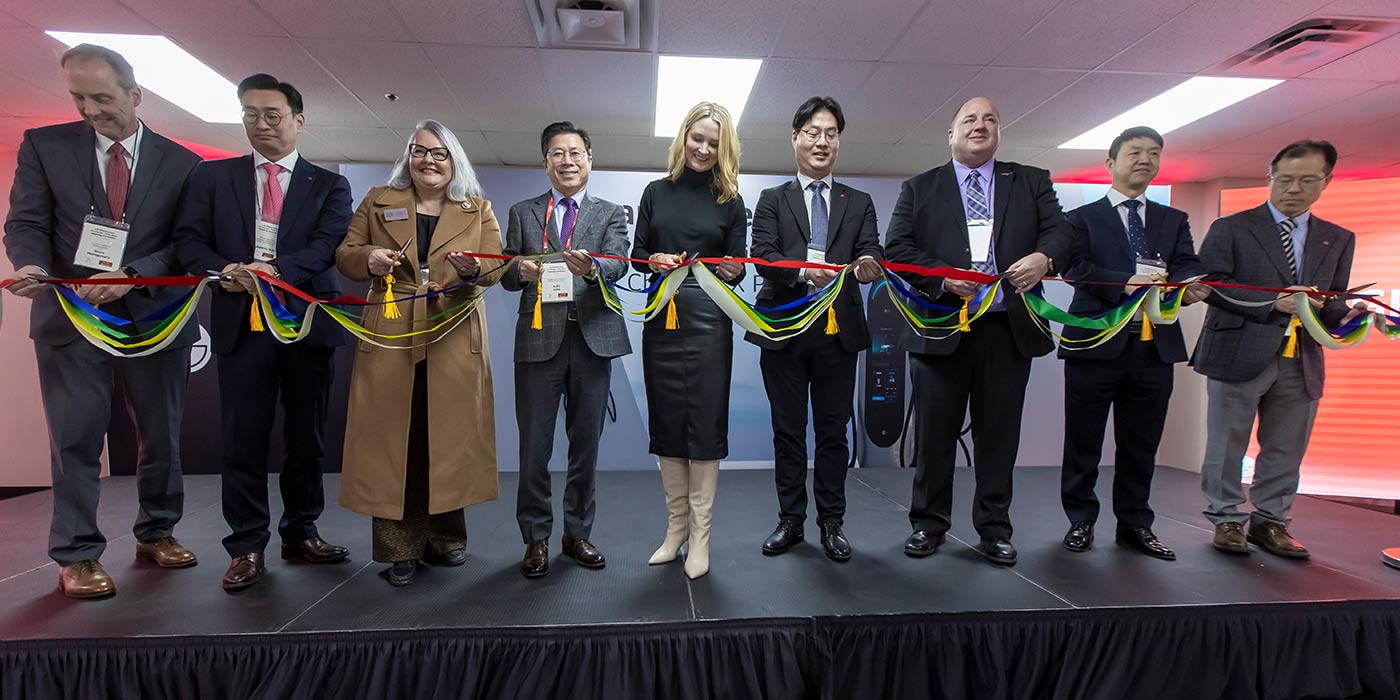Some equipment you can’t live without, and it seems as if it’s always in use. What that equipment is seems to change over time, as the ebb and flow of automotive technology has a strange way of turning one-time profit centers into dust collectors.
Think of all the equipment that is now just in that forgotten corner of the shop, such as the old R-12 machine and the brake lathe. Then, there’s the big old Sun Scope, and the rarely used wall-mount strut spring compressor. Equipment falls out of favor for many reasons, whether it be old technology or just a trend in service.
You can just as easily remember all the new equipment you’ve bought over recent years, such as A/C machines, scan tools, TPMS tools and ADAS equipment. Just when you think you can’t possibly need something else, more technology comes along, and this time it’s thanks to the vehicles nobody can stop talking about. But love ‘em or hate ‘em, electric vehicles (EVs) are here to stay.
They might not need gas, but they need “juice,” and you’re going to have to charge them, meaning you’re going to need a charger and a base knowledge of the factors surrounding EV charging.
There are different levels of chargers, the understanding of which is of initial importance, and, in short, the higher the number, the more powerful the charger. Level 1 chargers are considered emergency chargers, and most EVs come with them. They operate off 110 volt alternating current (AC), and their downfall is they can take as much as 40 hours or longer to charge the battery on some of the latest EVs.
Level 2 chargers are the minimum that an automotive service shop should have, but they are well suited for the job, and are quite simply the best choice for the majority of shops. Level 2 chargers operate off single phase 240 volt AC and are almost 10 times faster than a Level 1 charger. You may still have a charging time of two or three hours, but this is an acceptable amount of time.
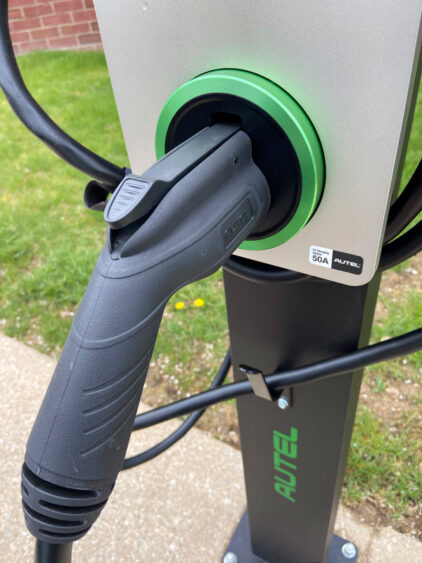
Level 1 and 2 chargers output AC voltage. The high-voltage batteries on an EV require direct current (DC), so the electronics on the car must convert the AC to DC in order to charge the battery. This is where Level 3 chargers come into play. Level 3 chargers output DC voltage, and they are considered “fast” chargers because they bypass the onboard vehicle electronics and send voltage directly to the battery. Depending on the kilowatt (kW) output, a DC fast charger has the potential to completely charge a battery in as little as 20 minutes.
Functionally, a Level 3 DC fast charger would work great in an automotive shop and have the clear advantage of speed over a Level 2, but the downside is that most shops don’t have the electrical requirements to install one, and upgrading to this service can be an extremely expensive proposition.
Another downside is that regular DC fast charging shortens the life of a high-voltage battery. “DC fast chargers are primarily made to be placed across the country at different rest stops or service stations, somewhere that a person traveling on a long or extended road trip doesn’t have the time to wait two to four hours for a charge,” said John Forro, technical trainer, Autel. “They need to pull off and charge their battery as quickly as possible.”
This is where it starts to get interesting, but you still may be asking, does my shop really need a charger? “I’m a firm believer that every single shop that is going to be servicing any type of electric vehicle, even if they are just performing routine service, definitely needs a Level 2 AC charger,” said Forro.
Here’s why. The primary use will be for diagnosis of a no-charge complaint, but there are multiple other factors at play. Even when a gasoline-powered vehicle is low on gas, you’re not using any for most standard repairs. The car can sit for a week. It doesn’t matter, but electric is different from gasoline. “With the battery management system, an EV battery is in a constant state of discharge, and even if an EV comes in for just brakes or tires, it may still be discharging,” said Forro.
It’s also important not to return an EV to a customer with a low range, because it’s not as simple as filling up the tank at the next corner station…at least not yet!
Let’s focus back on Level 2 chargers. Depending on the model, they are classified for either residential or commercial use, but a Level 2 residential charger will be just as effective for the charging needs of most auto shops. The difference is in the additional functions available in the commercial models. Commercial chargers offer options for revenue not available on units designed for home use.
Some chargers are considered “dumb” chargers in the aspect that when you plug them in, they begin to dispense a charge. This is typically only an advantage when used in the bay strictly for service, and smart chargers are those that allow different levels of control, such as through an app on your cell phone or computer. Most residential chargers are smart chargers in some form, however commercial chargers not only allow you to collect revenue, but they also allow a wider range of very specific control, for example who must pay to use them and how much they must pay. If used internally in the service bay, they can also be set up to act as a dumb charger.
Generating revenue on top of diagnostic use is an attractive proposition, but it can raise a few questions. There’s currently no federal guideline for pricing, so that’s up to you, but if you want someone to use it, you’ll need to charge reasonably. When you install a charger for this purpose, it’s going to be in your parking lot, so layout is important. For example, it only makes sense to position a charger between parking spots, so it can be accessed by either one.
You can also get a Level 2 charger with two ports so two cars can be charged simultaneously. Many of these also feature display screens on which you can run ads, for either your shop or for other businesses you may sell advertising space to. And, here’s another interesting aspect; what if you install a charger for collecting revenue and it’s being used by someone at a nearby business? Their car is done charging, and you don’t want the charger to be tied up. With the control over a commercial charger, “idle time” can be billed when a vehicle is done but the charger isn’t dispensing electricity. Typically, you give a grace period of five or 10 minutes, the vehicle owner is notified by text message, and if they don’t pick up the car, you can decide to bill them a fee per minute or per hour. It’s all up to you.
A potential downside to the commercial aspect of chargers is even though you can make money on charging, you may find that it’s more valuable to have the space for cars requiring more profitable repairs.
Are you hooked on the business potential of an EV charger? It gets better. Since the automotive industry is all about acronyms, here’s a new one: ALM. It stands for Accessory Load Management. This is a software feature on some Autel chargers that is of particular interest to homeowners, but just as important for your knowledge of EV charging. If you have an older home, for example, that doesn’t have high-amperage service, and you have several electrical appliances such as an oven, air conditioner or clothes dryer, an EV charger can add too much load to the system. The solution is to cut the amperage of the charger, but then you drastically increase charging time.
ALM solves this problem by monitoring the electrical load on the house and limiting the electricity used to charge a vehicle, until it senses the electric demand on the house free up. You can get home, plug in the vehicle, and go inside without a worry. Use all the electricity you want. When the current is available, full charging will resume on the vehicle.
Depending on the size of your operation and the number of EVs you work on, you may ultimately decide that a Level 3 DC fast charger is necessary for your business, but the electrical requirements can be too costly if you want to utilize more than one. So, here’s another acronym: DLB. Dynamic Load Balancing is what it stands for, and this just might be electrical icing on the cake. “With DLB, you can set up to 25 Level 3 chargers on one single circuit,” said Forro. “The power is run to the first, or primary charger, then up to 24 additional chargers can piggyback off of it.”
The best part is that you can dictate how you want the chargers to share the electricity. For example, it can be set up as first come, first serve, which means the car that pulled up first gets the most electricity, and the second car gets what’s available and so on. As a car completes charging, more electricity becomes available to the others, or another option is to divide the electricity evenly throughout all vehicles connected. It’s all controlled by you.
As EV owners begin to look for qualified shops to work on them, a charger will be an advertising beacon that you’re an EV expert, but you’ll also need to be an expert on battery state of health, and here’s a tip to get you started. Many people have what is referred to as range anxiety, and they don’t let their batteries get below 20%. This causes the number one thing people bring their EV in for: a reduced range complaint.
This happens because similar to the memory effect we’re used to with some cordless tool batteries, the algorithm of an EV will cause this level to become the new “zero,” and the range of the vehicle will be reflected as less than it was when the vehicle was new. In addition to a charger, you’ll need scan tool software that can communicate with the battery management system to recalibrate the battery state of charge and state of health.
“Using an EV diagnostic box, you can recondition the health of these batteries,” said Forro. “If you do it twice a year, you will prolong the life of the battery and recapture those lost miles. It’s like a tune-up for an EV.”
What does the future hold? The Society of Automotive Engineers (SAE) recently released the new SAE J2594 standard for EVs, which allows for wireless charging of up to 11kW of power, charging an EV in a few hours, and you thought wireless charging for your cell phone was cool! Starting in 2025, every EV produced will be required to meet the International Organization for Standardization (ISO) 15118 standard, which means if the power goes out, you can use the energy from your car to run your house. That’s a game changer!
The U.S. is aiming for 50% of vehicle sales in 2030 to be EVs, and worldwide, automakers are preparing to deliver 45 million EVs in that same year. If that’s not enough, don’t forget about solar, and there’s also whispers of “smart homes” that tie into the equation. Imagine the possibilities.
Looks like it’s time for an EV charger in the shop! TS

